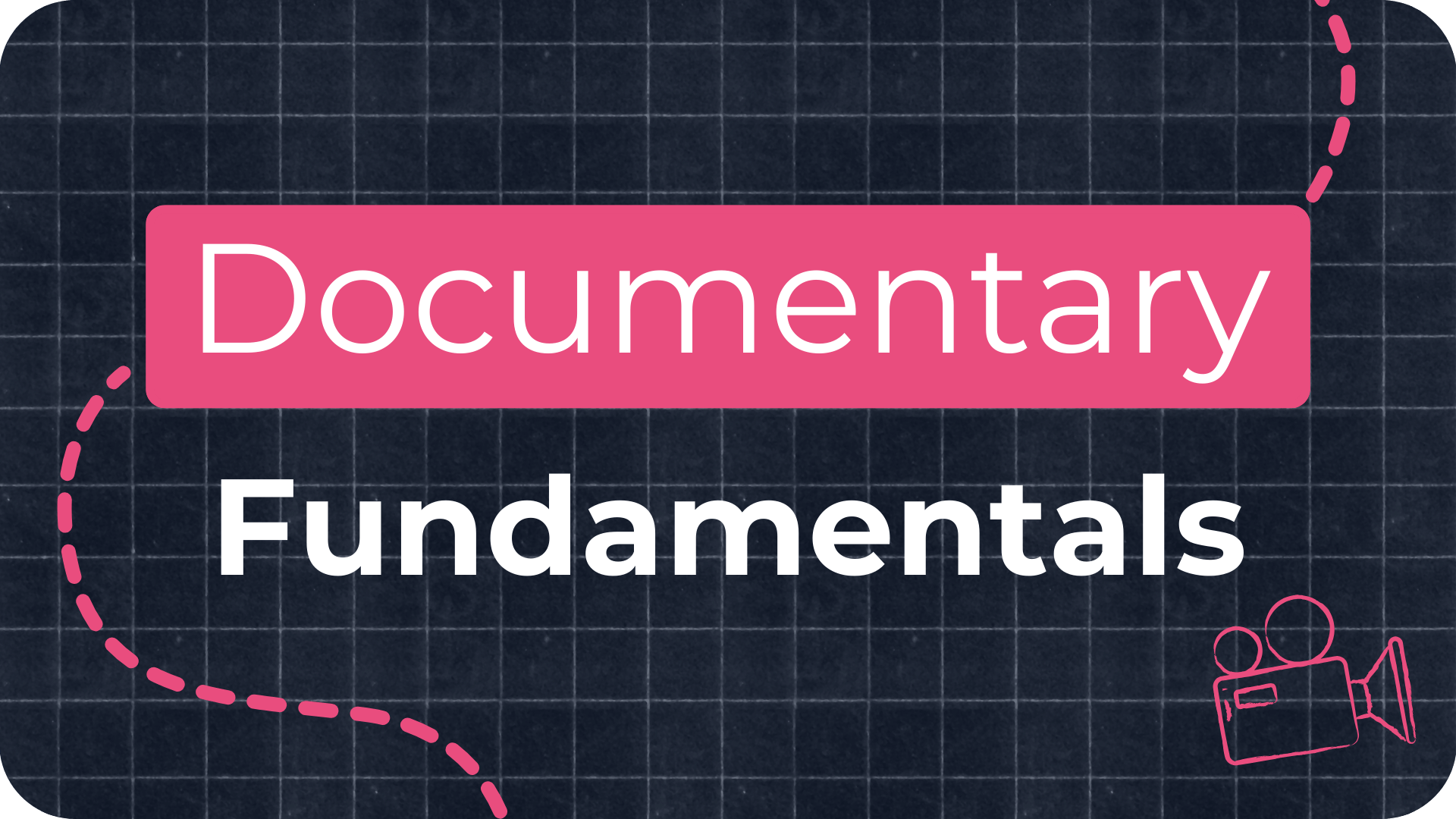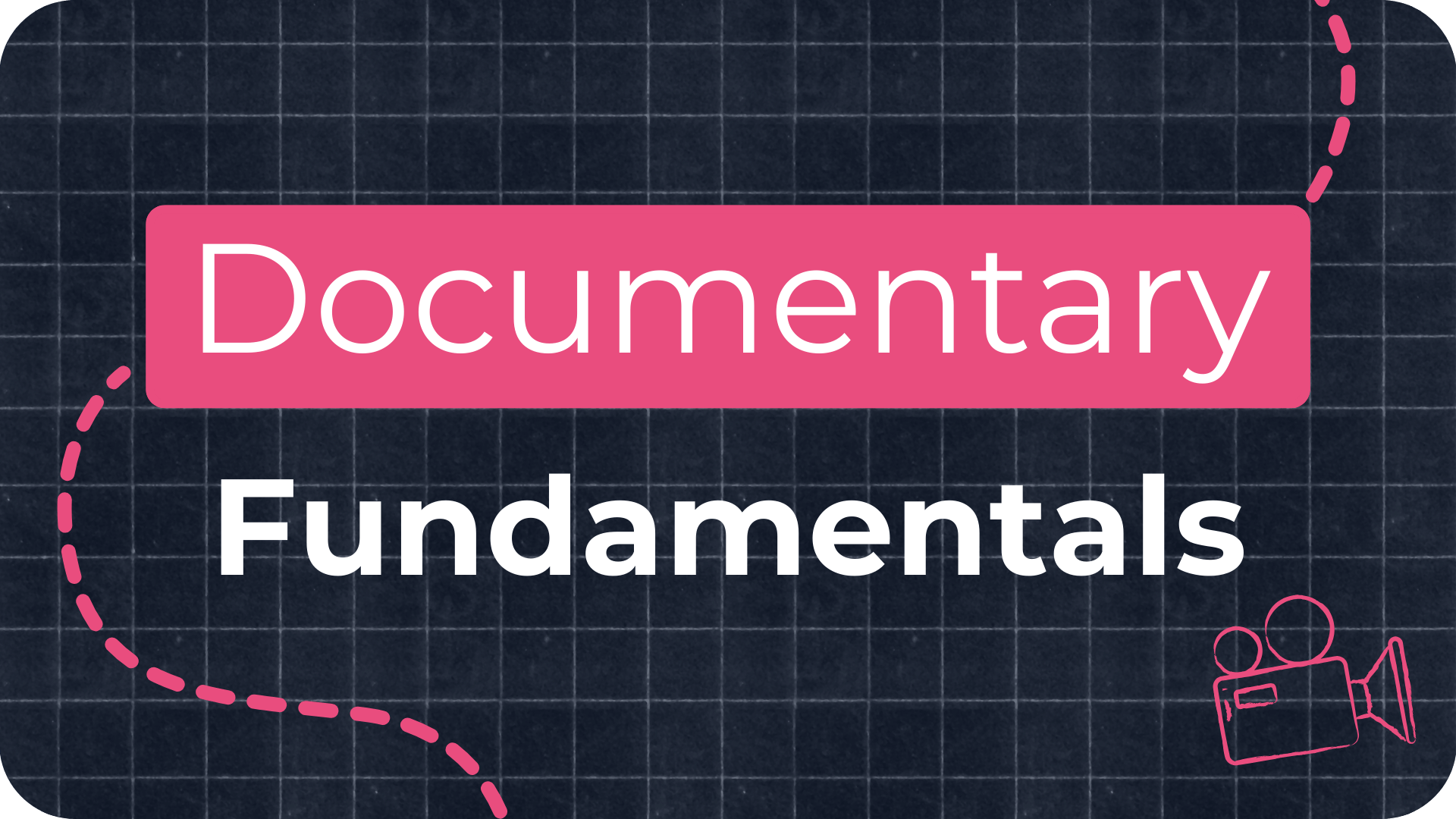How to Build Suspense in a Documentary

Building suspense in a documentary keeps your audience hooked and makes your story emotionally powerful. Done well, suspense transforms facts into a gripping narrative. In this blog, we will explore effective ways to build suspense in a documentary and make your story stand out.
Why Building Suspense is Crucial for Documentary Filmmaking
Creating suspense in a documentary isn’t just about adding drama—it’s about building a story that captivates, intrigues, and resonates with viewers. Whether it’s a character facing a life-or-death situation, an emotional struggle, or a battle over ideals, suspense makes your audience care about the outcome. Let’s dive into some proven techniques to help you achieve this.
Structured Storytelling Techniques for Documentaries
A well-structured story is key to building suspense. The three-act structure is a simple and effective way to organize a documentary, providing a clear framework for building and releasing suspense:
-
Act 1 (Setup): Introduce the character and the stakes.
-
Act 2 (Development): Build conflict, obstacles, and suspense.
-
Act 3 (Climax & Resolution): Bring everything to a head and resolve the conflict.
By pacing your reveals, adding cliffhangers, and structuring each act effectively, you can guide your audience's emotions and keep them curious.
I've put together a free three-act structure template to help you bring your documentary story to life: Free Three-Act Structure Template
Crafting Strong Conflict to Drive Suspense
To build suspense in your documentary, focus on creating strong conflict. Conflict comes from stakes—personal, social, or ethical. Personal stakes are about an individual's goals, social stakes involve group dynamics, and ethical stakes relate to broader values and beliefs. Here are the three types of stakes that create compelling suspense:
-
External Stakes: These are the physical stakes in the story. For example, in the Oscar-winning documentary Free Solo, Alex Honnold risks his life to climb El Capitan without a rope. The risk of falling to his death creates intense suspense that keeps viewers hooked.
-
Internal Stakes: These involve the emotional consequences for a character. In Jane, Jane Goodall has to choose between her relationship with her husband and her passion for studying chimpanzees. This tough decision creates strong internal suspense that keeps viewers invested.
-
Philosophical Stakes: These stakes involve values or beliefs at risk. In An Inconvenient Truth, Al Gore presents climate change as a moral issue. The survival of humanity is at risk, making the issue compelling and increasing philosophical suspense for the audience.

How to Use Stakes to Make Your Documentary More Engaging
Most successful documentaries include a mix of external, internal, and philosophical stakes. The higher the stakes, the more your audience will care about the outcome. Ask yourself these questions to define your stakes:
-
What could the character lose or gain?
-
Why is this important to them?
-
What would make it difficult if they lose it?

How to Create Character-driven Drama for Suspense
When audiences care about your characters, suspense follows naturally. Think about what your character wants versus what they need:
-
A character's wants are their immediate goals and ambitions.
-
Their needs are the deeper lessons or growth they must experience.
In Senna, Ayrton Senna initially wants to be the best Formula One driver. Over time, he realizes he needs to rediscover the pure joy of racing—free from the politics and pressures of Formula One. This shift creates suspense between his wants and needs, pulling the audience into his journey.
To develop this effectively, ask these questions about your character:
-
What does your character want most?
-
Who do they want to become?
-
What do they need in order to succeed?

Editing Techniques to Build and Heighten Suspense
Editing is a powerful tool for building suspense. Use these techniques to keep your audience interested:
-
Pacing: Adjust pacing to control the suspense. Quick cuts heighten urgency, while slower pacing builds suspense. For example, in Free Solo, fast cuts during climbing scenes amplify the danger and urgency.
-
Reaction Shots: Focus on the emotions of characters during key moments to emphasize their stakes and reactions.
-
Unexpected Transitions: Sudden cuts or unexpected changes can maintain a sense of unpredictability that keeps viewers engaged.
Using Music and Sound Design to Maximize Suspense
Sound is a subtle but powerful driver of suspense. Here’s how to use it effectively:
-
Music: Use music to build anticipation or heighten suspense. The right score can significantly affect how viewers perceive a scene.
-
Silence: Silence can be more impactful than sound when used strategically, such as during moments of reflection or shock. In 13th, silence is used to help viewers absorb the weight of key information.
-
Ambient Noise: Background sounds can create an atmosphere that adds to the suspense. Natural sounds, like wind or distant noises, can enhance the immersive experience.
Breaking Audience Expectations to Keep Them Hooked
Breaking expectations is an effective way to keep your audience in suspense. Surprise your audience by breaking expected patterns. For example, in Won't You Be My Neighbor?, the narrative shifts unexpectedly to explore Fred Rogers' deeper struggles, adding a layer of suspense that keeps viewers hooked. Introducing unexpected twists or shifting the narrative focus can help maintain intrigue throughout your film.
Final Thoughts on Building Suspense in Documentaries
Building suspense in a documentary is more than just creating drama—it's about telling a story that keeps viewers invested in your characters and their journey. By crafting strong conflict, using structured storytelling, focusing on character needs and wants, leveraging effective editing, and using sound to your advantage, you can create a documentary that truly engages your audience.
Use these techniques to master creating suspense and make your documentary captivating and engaging. Continue reading to explore each of these strategies in more detail and improve your storytelling skills.



















